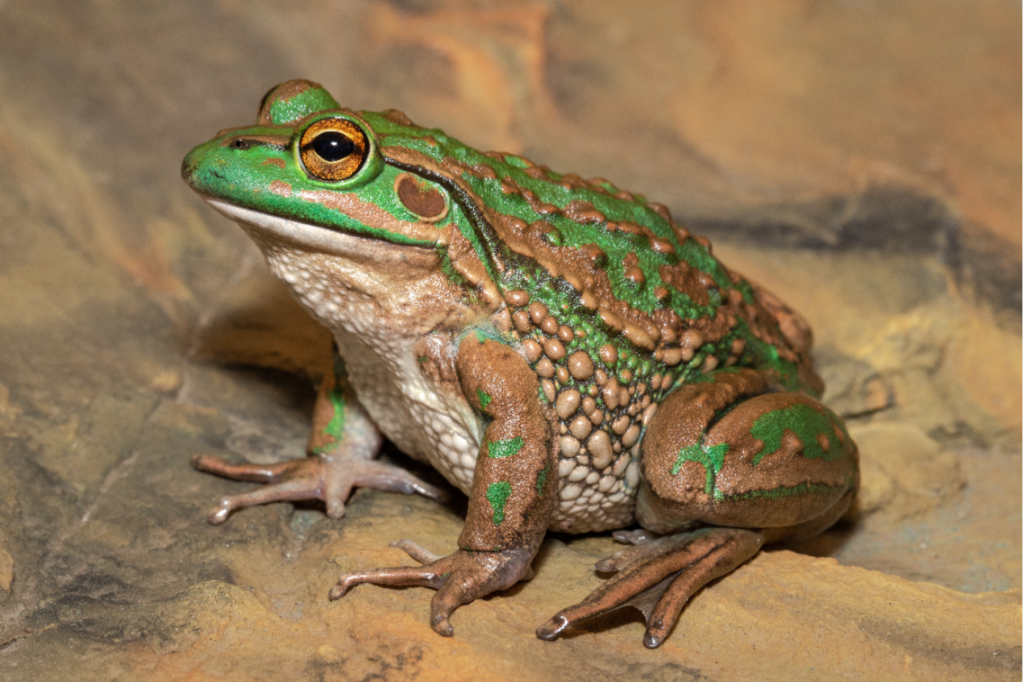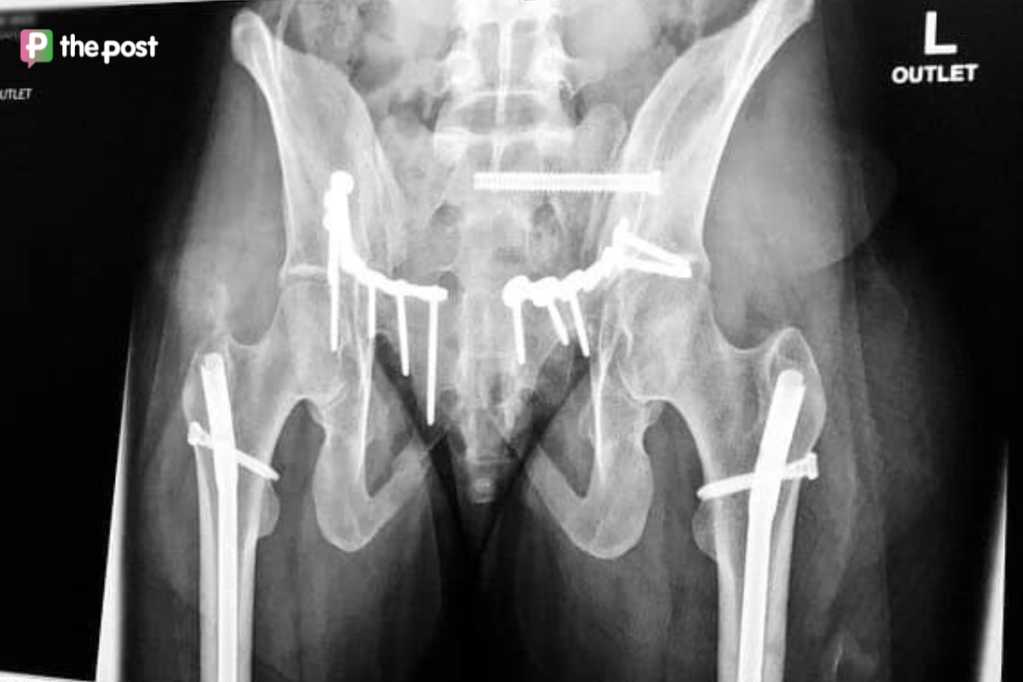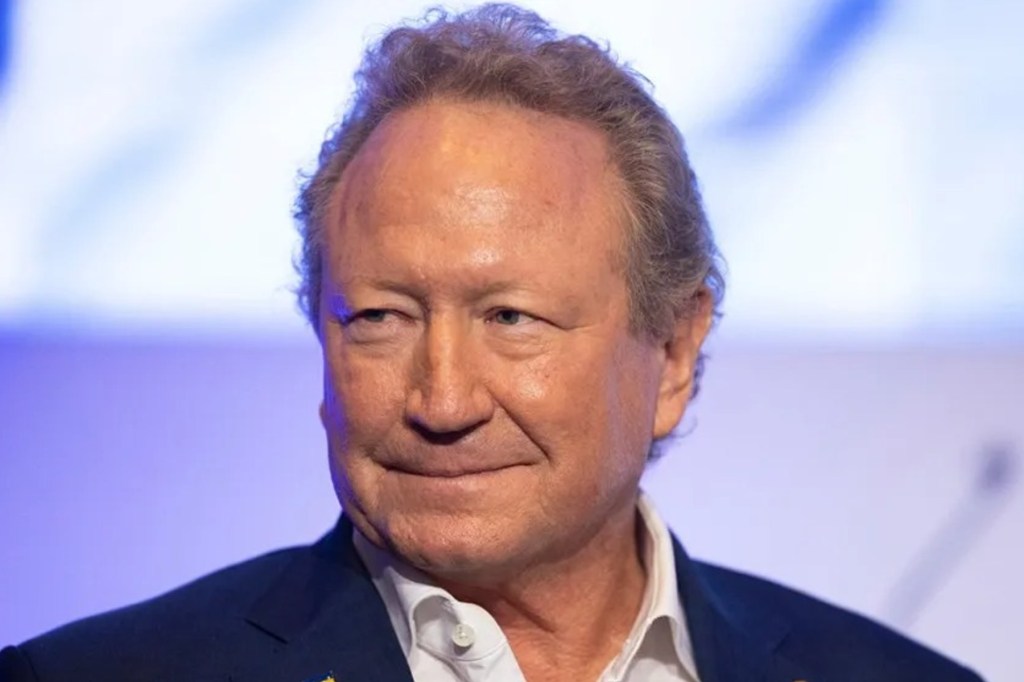Funding to help pull threatened species back from the brink
Four species facing extinction in South Australia will be a priority under $2 million of new funding delivered to Landscapes Hills and Fleurieu for conservation projects.

The federal government gave the funding for Landscape Hills and Fleurieu’s Back from the Brink project, focusing on improving the outlook for four threatened species.
The funding will focus on the southern bell frog, Murray hardyhead fish, hooded plover and western beautiful firetail bird, three of which are listed on the Australian Government’s priority species list.
Under the government’s Threatened Species Action Plan 2022–2032, 110 priority species were selected based on considerations including risk of extinction, wider benefits the species provides, the effectiveness of action, and uniqueness.
Federal Environment Minister Tanya Plibersek announced a new round of protection and restoration projects to receive funding last week.
The money brings together the government’s four-year, $224.5 million Saving Native Species Program and a five-year $1.1 billion investment from the Natural Heritage Trust.
Landscape Hills and Fleurieu regional ecologist Luke Price said they will now commence their four-year Back from the Brink project for the four species “on the brink of extinction”.
“They are a diverse group of species, each relying on unique habitats, facing different threats and requiring different interventions – our approaches will be carefully tailored to their needs,” he said.
You might like
“Due to many factors including habitat loss and degradation, previous and ongoing climatic events, disease, pest animal species, and interactions with humans, these four species are in serious trouble.
“They have been prioritised as a focus for this funding, based on their importance to the wider ecosystems in which they occur, their expected ability to have the capacity to respond to our recovery actions, and because of their intrinsic value.”

The southern bell frog is one of four species for which conservation efforts will be funded. Photo: supplied
The southern bell frog, found throughout the River Murray and South East region, was once found in the Mount Lofty Ranges, but has not been seen there since the 1980s.
The species population has seen a significant decline in the lower Murray River area, going from 50 known groups to one.
One of Australia’s largest frog species, females can grow up to 104mm, and the amphibians have been known to eat other frogs. Threats to it include habitat degradation, disease and herbicides.
Under the Back from the Brink program, the species will be bred in captivity and re-introduced into managed sites as wild populations are re-established.

The Murray hardyhead species is in “serious decline”. Photo: G Schmida
Stay informed, daily
The Murray hardyhead, a small fish native to the River Murray system across South Australia, Victoria and New South Wales, is another focus of the funding.
The species has seen a dramatic reduction in numbers due to habitat loss, drought, invasive fish species and genetic issues arising from being in isolated subpopulations.
The funding will be used to expand an existing breeding program, taking it to various waterbodies in an attempt to supplement populations over time.

The hooded plover is Australia’s most threatened beach-nesting bird. Photo: supplied
While found in Victoria, Tasmania and New South Wales, only 500 to 800 beach-dwelling hooded plovers remain in South Australia.
The birds lay their eggs on beaches, preferring to nest at the base of the dunes above the high tideline, leaving them vulnerable to human, dog and vehicle threats. Habitat loss and climate change impacts have also contributed to the population loss.
The Landscapes Hills and Fleurieu will fund volunteers and organisations already working to protect the species’ breeding sites, as well as raising awareness and monitoring the population.

The western beautiful firetail was significantly impacted by the Kangaroo Island bushfires in 2020. Photo: supplied
The final species to be focussed on in the project is the western beautiful firetail, with only 50 adults estimated to live in the Hills and Fleurieu region.
The species population declined by around 57 per cent in the 10 years to 2022, with a dramatic reduction seen in the 2019 Kangaroo Island bushfires.
Funding will go towards the creation of 40 hectares of habitat through revegetation at key locations.








